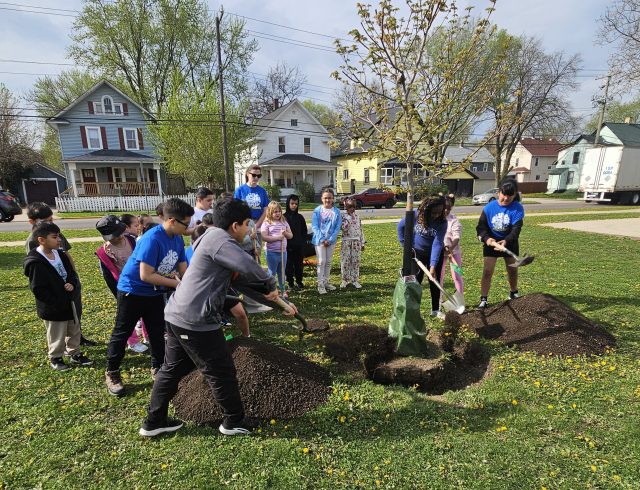Green Revolution Sprouts: Aurora's Urban Forest Transforms Community Landscape

Aurora celebrated Arbor Day with a meaningful environmental initiative on Friday, as city officials led a community tree-planting event that combined civic pride with ecological stewardship. The carefully planned tree-planting effort not only beautified the city's landscape but also demonstrated a commitment to sustainable urban development and environmental conservation.
Residents and local government representatives worked side by side, digging holes, carefully positioning young trees, and nurturing the next generation of urban greenery. Each newly planted tree represents a small but significant step towards improving air quality, reducing urban heat islands, and creating a more vibrant, eco-friendly community.
City officials emphasized the importance of such grassroots environmental efforts, highlighting how individual and collective actions can make a substantial difference in combating climate change and enhancing the city's natural environment. The Arbor Day event served as a powerful reminder of the community's shared responsibility to protect and nurture our urban ecosystem.
